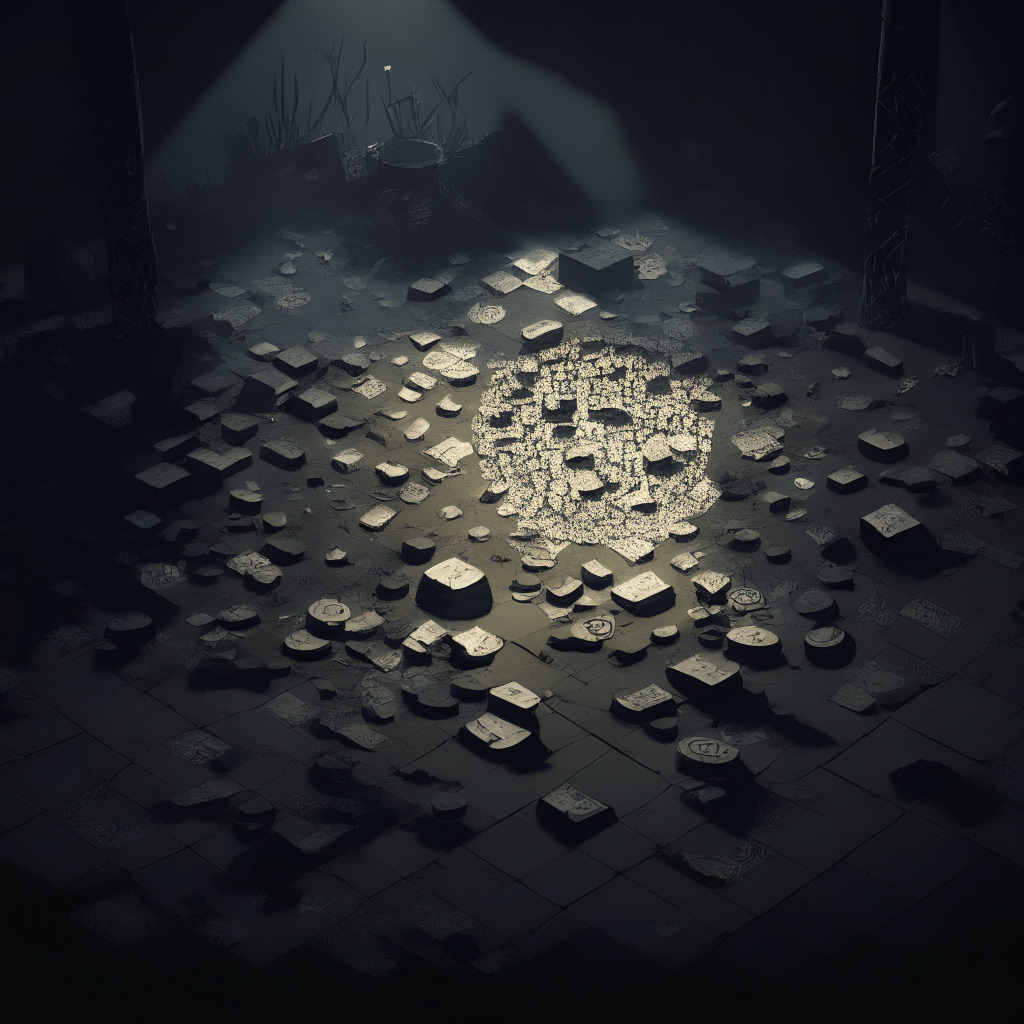Riding the hype wave of blockchain technology, the gaming industry has been witnessing an accelerating momentum towards GameFi – the blend of gaming and finance. Nonetheless, the piercing descent of Illuvium’s token price shines a light on the pressing concerns looming over GameFi’s rosy façade.
As a high-profile crypto game, Illuvium became a beacon of anticipation within the community, but its ILV token price fell dramatically by 97% since 2021. Issues arising from frequent delays, unfinished games, and underperforming titles are common headaches casting shadows over the acclaimed promise of blockchain gaming.
Many anticipated blockchain games, including Illuvium, reportedly forwent substantial creation measures in their pursuit of liquidity. The problem, however, lies in the fact that impressive aesthetics and immersive gameplay do not translate into market stability. GameFi, in essence, stumbled because of the latent omission of prioritizing player experience quality.
Take as an example Pixelmon, a AAA blockchain game project. Selling around $70 million worth of NFTs prior to launch, the game ended up sparking disappointment among gamers due to the discrepancy between its promotion and delivered experience.
In this context, it could be argued that many blockchain games are not focusing sufficiently on their players who have to endure the low quality, lack of entertainment and poorly designed games. As a result, a disillusioned perception of the blockchain gaming sector arises.
Interestingly, the production of AAA games like Illuvium, supported massively by token issuance and NFT sales, divert attention to revenue generation, potentially stripping the fun out of playing games. Such a strategy could create market dynamics where investor and player interests diverge.
While Illuvium has yet to substantiate their claims of value with a quality launch, the allocation of their token suggests a leaning towards appeasing investors more than the players. The lion’s share of Illuvium’s tokens, 45%, is set aside for the team and investors, leaving only 10% as game rewards. The tokens allocated for investors are made available before the game’s launch, making early exits an opportunity for some while placing retail investors and players at a potential disadvantage.
Given that blockchain games also come with a high cost of entry, the adoption of GameFi can become a conundrum. Although Illuvium’s stunning designs and innovative ideas have generated great excitement, it seems the game is trading more on hype than substance.
Therefore, the fate of AAA blockchain game projects like Illuvium and others could well depend on striking a balance between high market appeal, consumer trust, and ultimately, quality gaming experience. Navigating this playing field necessitates reorienting gaming’s rationale away from mere investment opportunities towards creating meaningful experiences for its end users. The question remains whether a balanced approach can be achieved, and which projects will have the wherewithal to navigate this course.
Source: Cointelegraph




